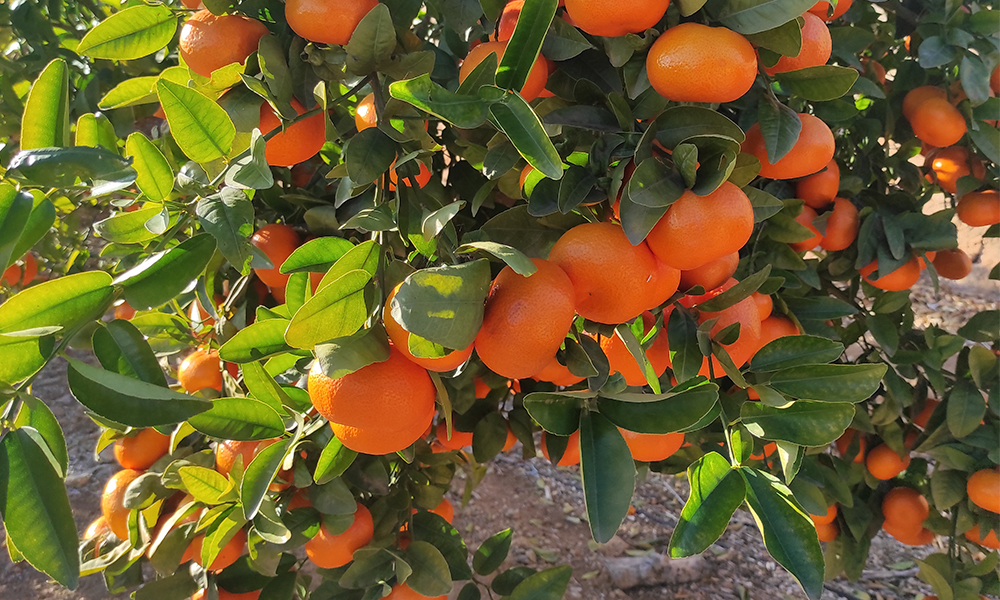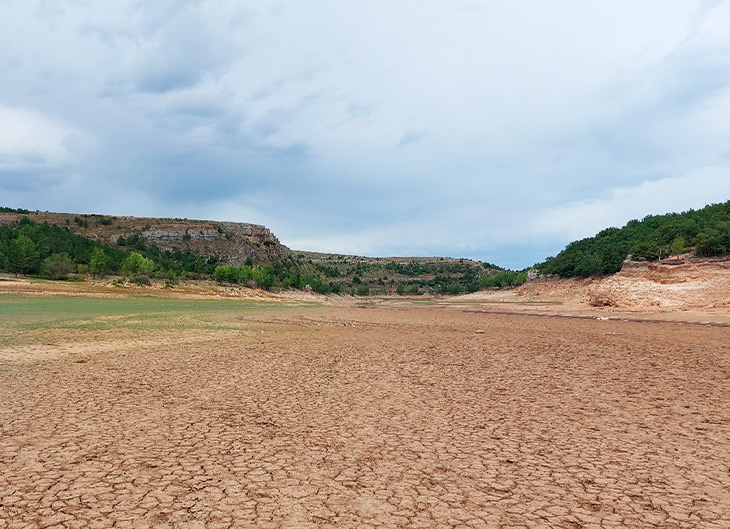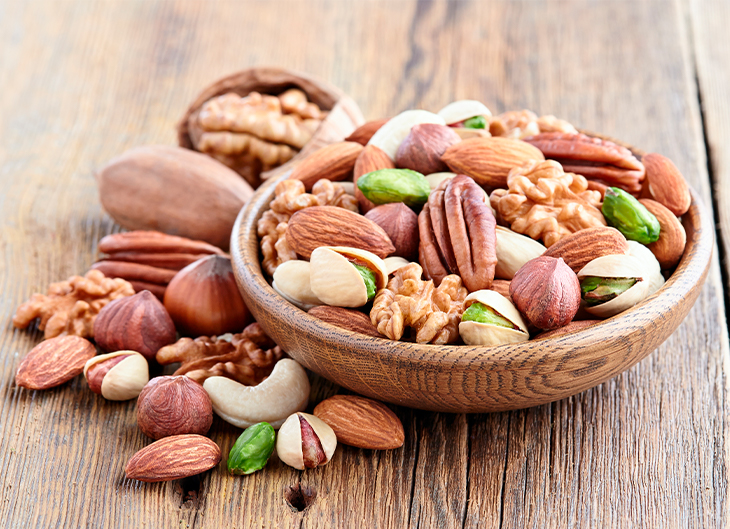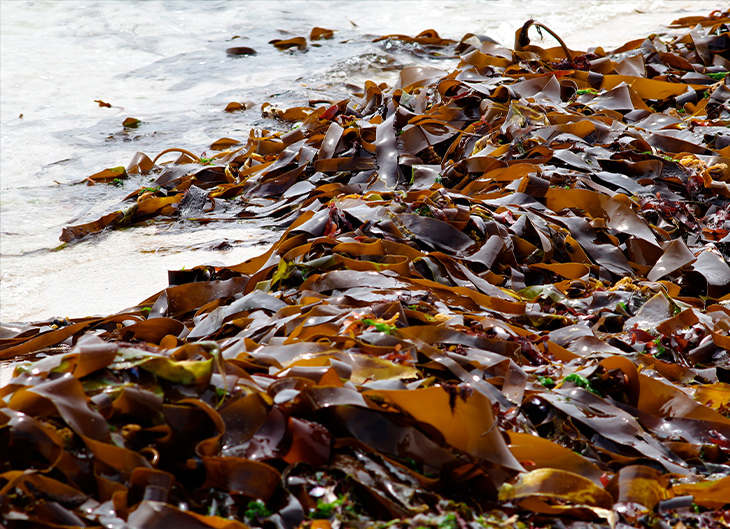
The use of seaweed in agriculture
Currently there are many uses given to algae. They are used in food, pharmacy, cosmetics, agriculture and even in the energy sector.
In this regard, and due to the broad spectrum of employment, the European Commission has held a public consultation to have a vision on this sector and promote the algae industry, ‘because they represent a largely untapped resource that can be used, with a limited carbon and environmental footprint, to produce food, feed, pharmaceuticals, bioplastics, fertilizers and biofuels’.
Europe therefore wants to boost this industry, increase sustainable algae production, its safe consumption and the innovative use of this raw material. All these objectives are aligned with the new sustainable economy to be implemented.
Seaweed
Under the name seaweed are grouped a wide variety of organisms, single-celled or multicellular, from aquatic or humid environments that have in common the fact of being photosynthetic and, unlike plants, do not have true differentiated tissues such as root, stem and leaves and do not produce flowers or seeds. More than 30,000 species of seaweed have been described.
You have to differentiate between macroalgae and microalgae. Macroalgae are plants that grow in the sea and in fresh water, they can be collected and grown on farms (also on land). Microalgae (naturally present in aquatic environments) are microscopic microorganisms (2-200 m) photosynthetic eukaryotes that can grow autotrophically or heterotrophically and can be produced in photobioreactors.
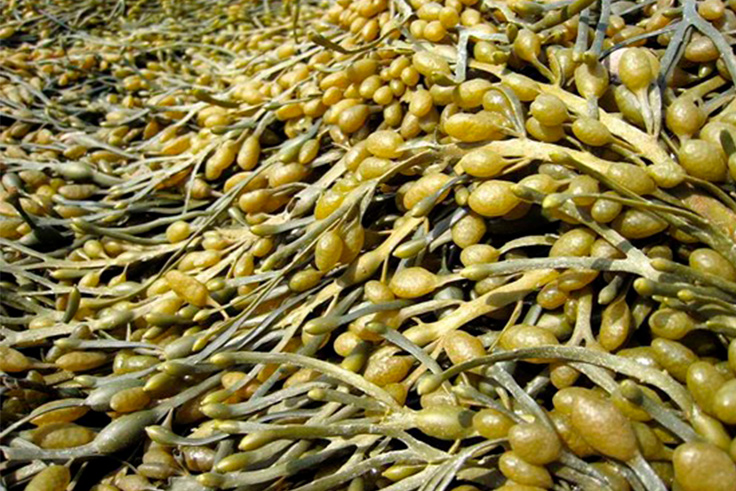
Seaweed and agriculture
In agriculture, macroalgae and marine fanerogams have been used for centuries as green (or semi-bought) fertilizer in almost all coastal agricultural areas and, above all, islanders. There are concessions to Breton monastic orders of this “strategic fertilizer” (contribution of nitrogen, potassium, trace elements, organic matter, etc.) dating from the XII century (Lopez-Benito, 1963).
The algae that according to current regulations can be used in this sector are Ascophyllum nodossum and Eklonia maxima; but not all formulated derivatives of these algae are equal or have the same characteristics. These differences between them are given by the species’ own intrinsic characteristics and from the moment of harvesting and subsequent manipulation. In this sense:
- -It does not have the same properties a seaweed that has been extracted in the North Sea as another extracted in the Pacific Ocean, since they have not suffered the same abiotic stresses and therefore even though they are of the same species may possess a different chemical composition.
- -In addition, the processing of such algae and how to extract beneficial compounds from algae plays a fundamental role since it is not the same to perform a cold extraction (e.g. a seaweed cream) than to use a basic or acidic extraction where, due to the process, properties of these are lost.
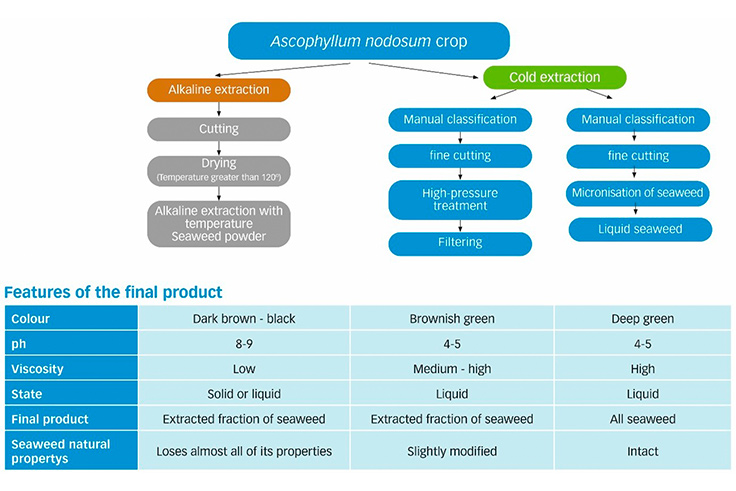
Seaweed-based formulations, such as Biohidramar® Crema, contain, based on their extraction process, to a greater or lesser extent a number of active components among which are:
- Matrix polysaccharides, reserve polysaccharides and oligosaccharides (mannitol, alginates, laminarin, betaines, …)
- Polyphenols and antioxidants
- Vitamins
- Mineral elements (micronutrients and trace elements)
- Proteins
- Fatty acids and amino acids
- Phytohormones and regulators (cytokinins, auxins, giberelins, betaines)
Benefits of seaweed for agricultural crops
The benefit of algae application is understood as a synergistic effect of all components it treasures. Generally speaking, algae-based or algae-based formulations bring a number of benefits to crops when applied. These benefits include:
- -Promote flowering, fertilization and curdling.
- -Improve fruit homogeneity.
- -Increase metabolic activity.
- -Promote the balance between air feeding and mineral feeding (soil).
- -Anti-stress effect, increased resistance to climatic adversity.
- -Improve the physical properties of soil, retain moisture and increase the activity of soil microorganisms.
- Help better penetrate phytosanitary treatments.
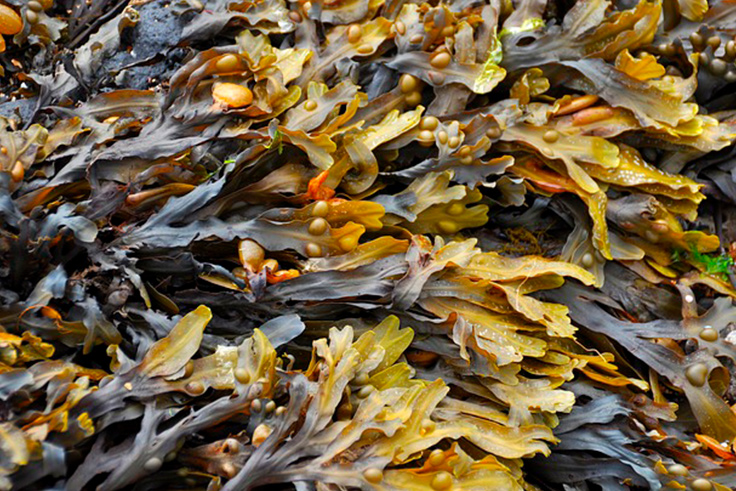
In the spanish legislation (Royal Decree 999/2017, of November 24, amending Royal Decree 506/2013, of June 28, on fertilizer products) there are two components of algae that must meet minimum content in order to be typed within Group 4. Other fertilizers and special products. These components are alminic acid and mannitol. These components provide:
- -Alginates are matrix polysaccharides that provide an excellent biostimulant effect in plants. They play an important role in defending against diseases and stress phenomena by acting as elicitors. They are also involved in cellular water balance and saline stress protection situations.
- -Mannitol is a reserve polysaccha arid that acts as an osmoprotective, protecting plant cells from the negative effects of water or saline stress. Along with other osmolitos improves cell water retention capacity, improving osmotic potential and reducing water stress damage. Mannitol is also a powerful antioxidant.
In short, algae applications generate in our crops a better response of this to biotic and abiotic stresses, an increase in the quality of flowering and curdling processes, as well as, in root applications, improve soil structure and microbiota quality.

